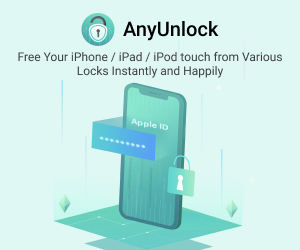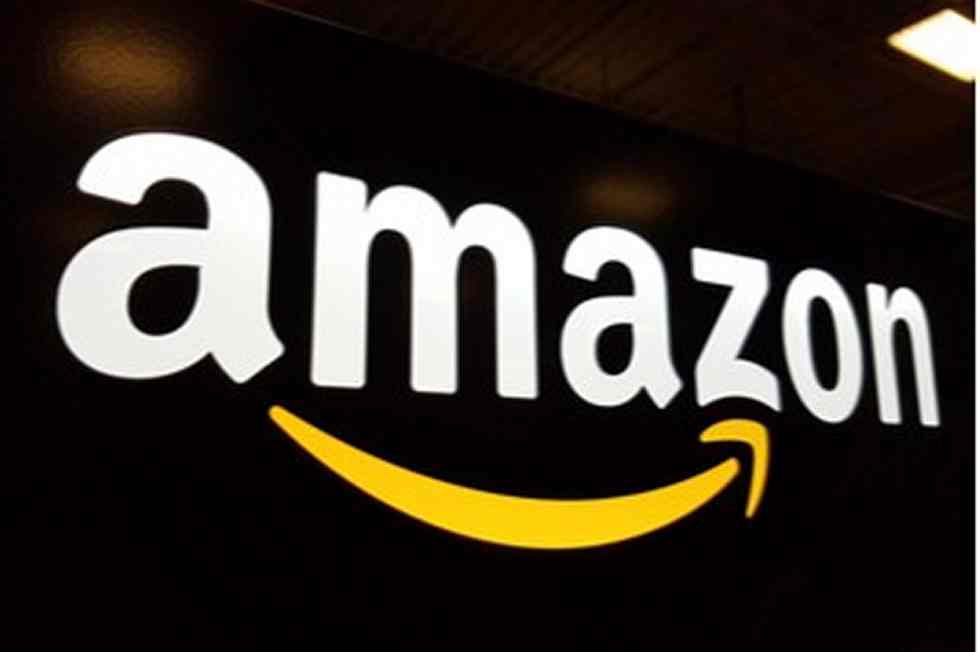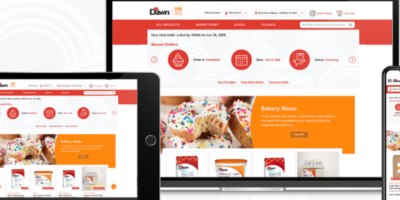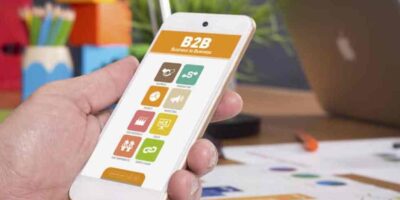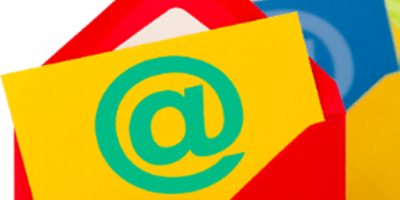
Once we speak about B2B ecommerce traits, there’s a number of floor to cowl. Technique, expertise, market traits—all these affect the selections which are occurring at present in B2B ecommerce.
If any data will get out of sync, it creates a foul buyer expertise and drives up the price of working your B2B ecommerce channel.
However what traits are rising in buyer expertise? What’s getting precedence by way of customer-facing performance—and what’s getting pushed to the again burner?
Listed here are 5 traits we’re seeing in B2B ecommerce buyer expertise.
1—In complicated B2B situations, chatbots aren’t delivering in the event that they aren’t manned by people
Whereas chatbots are an enormous pattern in B2B ecommerce, organizations are reevaluating their effectiveness. AI-driven chatbots are a terrific addition to B2C ecommerce, the place buyer questions (and solutions) are pretty easy. However in B2B situations ruled by complicated, customer-specific ERP knowledge and logic, unmanned chatbots might not be capable to give prospects the intelligence they want.
The important thing right here is to make sure an actual individual (or workforce) is watching chatbot inquiries. Whereas robotic responses might be useful, there’s no assure that the chatbot is definitely pointing your buyer in the suitable route (or answering with sufficient customer-specific intelligence to drive income).
2—Producers are demanding buyer personalization pushed by ERP logic
If you happen to lookup B2B ecommerce traits, you’ll discover quite a bit about personalization. But most B2B ecommerce platforms can’t ship the personalization that prospects really want (not less than, not with no complicated ERP integration). The market talks about fundamental personalization like product suggestions and context-specific messages. And whereas this stuff are necessary, they’re not make-or-break for B2B ecommerce prospects.
What personalization is important?
Right here’s what producers’ prospects are requesting.
- Actual-time, personalised stock availability;
- Personalised pricing ruled by customer-specific ERP logic;
- Actual-time, customer-specific credit score standing from the ERP displayed in B2B ecommerce;
- Actual-time order simulation towards ERP enterprise guidelines (with clever error messaging returned to the person, to forestall order errors);
- Actual-time order historical past and standing for all orders logged within the ERP (not simply these from B2B eCommerce);
When you can theoretically provide these personalization options with a non-integrated B2B platform (via third-party integration software program), this structure introduces unpredictable threat and value when it’s supporting an integration of this complexity and depth. If any data will get out of sync, it creates a foul buyer expertise and drives up the price of working your B2B ecommerce channel.
That is why we’re seeing an rising choice for options that embrace built-in ERP integration.
3—Growing demand for real-time stock availability
Whereas this B2B ecommerce pattern suits neatly inside the earlier one, it’s price calling this out by itself.
If you happen to’re going to offer no different real-time ERP knowledge in B2B ecommerce, you want correct stock portions. And for ERP-dependent organizations, meaning you want some type of real-time integration.
Producers, specifically, are prioritizing this characteristic. With their prospects needing certainty that they’ve claimed accessible inventory when putting an order, producers are discovering that prospects gained’t use B2B ecommerce with out stock data.
Merely put, it’s too tough for purchasers to inform in the event that they’ll get what they want on time.
Which leads us to the subsequent B2B pattern.
4—Growing buyer demand for transparency round RDD (requested supply dates)
We’re seeing this an increasing number of with B2B ecommerce customers. It’s not sufficient to know whether or not a product is in inventory. Clients additionally have to know when their order will arrive.
For producers whose complete enterprise lives within the ERP, delivery time isn’t the one issue that determines this. Your entire provide chain impacts the date when the order will arrive. With COVID disruptions nonetheless settling, some producers are discovering this affect bigger than ever.
Therefore the RDD (requested supply date) logic that many organizations construct out of their ERP. This calculation accounts for all elements that affect order arrival date—not solely whether or not the fabric is in inventory, however how rapidly the availability chain can reply to demand that’s above inventory ranges.
As you may see, it’s a robust calculation—and offering it in B2B ecommerce creates a terrific buyer expertise.
With out visibility into RDD in B2B ecommerce, prospects will find yourself calling customer support to get solutions. At scale, this takes a hands-free interplay (seamless order placement via B2B ecommerce) and turns it again into an costly interplay (cellphone name, dialog, ERP examine, callback, and order placement through cellphone or electronic mail, which requires one other human intervention to rekey the order into the ERP).
The traits we’re seeing listed below are:
1) A choice for ERP-integrated options that may show RDD routinely, for each SKU, and
2) A willingness to wash up these RDD guidelines within the ERP if crucial (so that they play good within the B2B ecommerce answer).
5—Utilizing B2B ecommerce to empower gross sales groups to offer customer-specific upselling/cross-selling suggestions
Right here’s a artistic pattern in B2B ecommerce: utilizing the answer as a portal for gross sales reps to advocate merchandise to prospects (and possibly even place orders on behalf of shoppers).
The hot button is a B2B ecommerce platform that maps every gross sales rep person to the shopper accounts assigned to them within the ERP. This permits the gross sales rep to pick a buyer account from a drop-down, then see no matter distinctive product catalog you’ve outlined for that buyer within the ERP—together with any associated product guidelines.
This can be a nice option to leverage your ERP-defined product relationships for gross sales. B2B ecommerce is simpler to make use of than an SAP GUI, or graphical person interface, (in the event you’re on SAP ERP) so it’s a no brainer to make the portal accessible for reps along with prospects.
In actual fact, we’ve even seen corporations begin with gross sales reps after they launch B2B ecommerce. With reps included within the venture from the very starting, you guarantee the answer has their issues baked in. This empowers them to be motivated evangelists who take B2B ecommerce to prospects. It’s an excellent technique, and it’s working for actual producers.
George Anderson is a advertising and marketing supervisor at Corevist Inc., which supplies producers with software program to launch B2B ecommerce portals built-in with SAP ERP software program. Join with him on Twitter or LinkedIn. A portion of this text first appeared on the Corevist weblog.
Favourite











